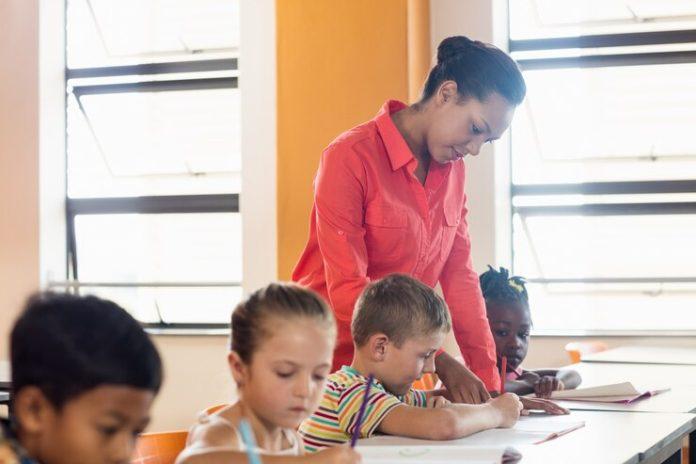In the ever-evolving landscape of teaching jobs, educators are constantly seeking effective strategies to engage students and enhance their learning experiences. A practical approach in teaching has emerged as a powerful tool to bridge the gap between theoretical knowledge and real-world applications. By integrating practical methods into their teaching strategies, educators can create a dynamic and engaging classroom environment that equips students with the skills they need for success. Let’s delve into the top 8 practical approaches in teaching that teachers can implement to transform their classrooms.
Know About Top 8 Practical Approaches in Teaching for Teachers
1. Project-Based Learning
Project-based learning immerses students in real-world projects that require them to apply knowledge, solve problems, and collaborate with peers. This approach fosters critical thinking, creativity, and teamwork, preparing students for the challenges of the professional world.
2. Experiential Learning
Experiential learning involves hands-on activities, field trips, and simulations that allow students to experience concepts firsthand. This approach deepens understanding, as students engage with the subject matter in tangible ways.
3. Case Studies
Using case studies, teachers present students with real-life scenarios that require analysis and decision-making. This approach enhances problem-solving skills and encourages students to think critically about complex issues.
4. Flipped Classroom
In a flipped classroom, traditional learning is reversed—students engage with instructional content outside of class and use class time for discussions, collaborations, and practical application. This approach maximizes in-person interactions and fosters active learning.
5. Collaborative Learning
Collaborative learning encourages students to work together on projects, discussions, and assignments. This approach enhances communication skills, teamwork, and the ability to consider diverse perspectives.
6. Problem-Based Learning
Problem-based learning presents students with open-ended, real-world problems that they must solve using their knowledge and research skills. This approach promotes self-directed learning and critical analysis.
7. Socratic Method
The Socratic method involves asking probing questions to stimulate critical thinking and encourage students to articulate their thoughts. This approach fosters active participation, intellectual curiosity, and deeper understanding.
8. Gamification
Integrating game elements into learning, known as gamification, makes lessons more engaging and interactive. This approach motivates students to actively participate, compete, and learn while having fun.
Why Practical Approaches Matter in Teaching Jobs
Practical approaches in teaching hold immense significance in the realm of teaching jobs. They bridge the gap between theoretical concepts and their real-world applications, making education more relevant and impactful. By incorporating practical methods, educators prepare students for the demands of the modern workforce, where problem-solving, adaptability, and collaboration are highly valued.
Read related articles: https://www.jobsineducation.net/blog/14-techniques-for-teaching-students-reading-comprehension-skills
Benefits of Implementing Practical Approaches
- Engagement: Practical approaches capture students’ interest by making learning dynamic and interactive. Incorporating practical teaching approaches also leads to better retention of information among students.
- Critical Thinking: These approaches encourage students to analyze, evaluate, and synthesize information, fostering critical thinking skills essential for lifelong learning.
- Application: Students learn how to apply theoretical knowledge to real-life situations, preparing them for challenges beyond the classroom.
- Skill Development: Practical approaches cultivate a range of skills, including communication, teamwork, research, and problem-solving, enhancing students’ overall competency.
- Lifelong Learning: By experiencing the practical utility of knowledge, students are more likely to embrace a mindset of continuous learning.
Conclusion
By integrating the above approaches into their classrooms, teachers can create an environment where learning becomes a dynamic, relevant, and lifelong journey. These methods not only equip students with practical skills but also nurture their curiosity, creativity, and ability to thrive in an increasingly complex world. Acknowledging these practical approaches is not just a pedagogical choice; it’s a step toward preparing the next generation for success in both their careers and their lives.
